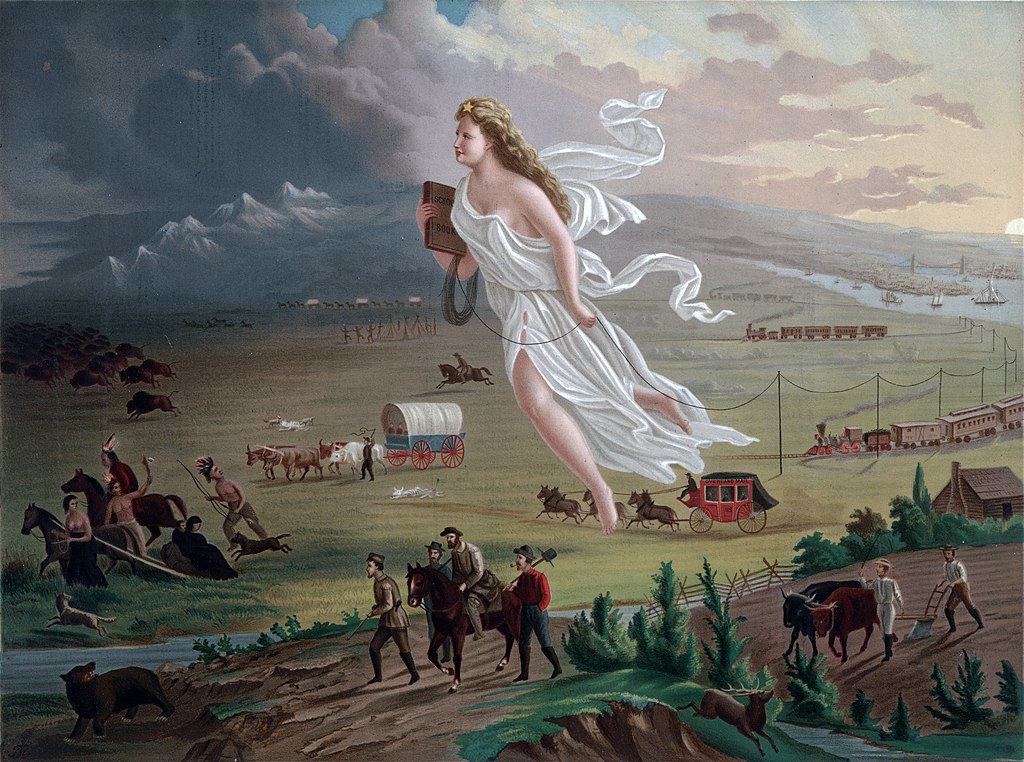
Why focus on Whiteness in the surging and resurging evangelical Christian political activism that occurs as zombie nationalism? How does race relate to the recurrent waves of religious nationalism currently driving Trump-era populism among White evangelicals? Race is inextricably interwoven with Christian nationalism in the U.S. And racialized privilege—and various dynamics of racial animus—is an essential driver of the recurring waves of White evangelical Christian ethno-religious nationalism, or what I have termed “zombie nationalism.”
Christian nationalism is a cultural frame that has been profoundly influential in recent U.S. politics, culture, and society more broadly. Andrew Whitehead and Samuel Perry suggest that being “White,” or a “White evangelical”—even the nature and character of one’s “religiousness,” per se— is not at the heart of the deeper, motivating interests of what presents itself as the phenomenon of Christian nationalism. On the one hand, they argue, Christian nationalism frequently underwrites and fuels political support and organizing for specific issues associated with, for example, pro- “law and order” policies, anti-gun control policies, anti-“big government” policies, anti-abortion legislation, and anti-same-sex marriage policies, among others. Yet, these conventional explanations also suggest that what mainly motivates and fuels this activism is the desire for conservative policies and laws. On this account, “Christian nationalism” is the means by which conservative Americans of whatever race, ethnicity, or socio-economic class desire to “institutionalize conservative Christian cultural preferences in America’s policies and self-identity” (153). This account, however, risks reducing Christian nationalism to a multipurpose tool by which conservative-minded Americans pursue power and political and cultural influence. Race is not entirely irrelevant here, of course. Not, for example, when being White and approving of Christian nationalism happen to intersect. At bottom, however, Christian nationalism is motivated more by the pursuit of political influence and cultural protectionism—to “defend against shifts in the culture toward equality for groups that have historically lacked the access to levers of power—women, sexual, racial, ethnic, and religious minorities” (152–54).
Of course, pundits are quick to charge that scholars, academics, and social commentators of all sorts are eager to uncover and impute charges of racism to conservative and religious members of U.S. society where (they claim) racism does not really exist. Such objections deploy highly specific concepts of “race” and “racism.” “Racism” easily becomes a sanitized term that obscures more than it illuminates, especially in so far as it is limited to intentional beliefs and explicit attitudes associated with discrimination and bigotry. This, however, obscures the ways that cultural practices, conceptions, and implicit and un-recognized biases camouflage participation in structural forms of racism, reinforce them, or make them feel and appear “not wrong.”
‘Racism’ easily becomes a sanitized term that obscures more than it illuminates, especially in so far as it is limited to intentional beliefs and explicit attitudes associated with discrimination and bigotry.
By treating race as secondary, dependent, and/or incidental in significance, such accounts detach the power and long-time ethno-religiousness that has shaped Christian nationalism throughout U.S. history. In effect, through this lens it is impossible to see the specific changes that White evangelical and Catholic Christians resist in their embrace of Trumpism. Similarly, it downplays the structural and cultural character of “race” and “racism.” Interestingly, this dynamic coheres with White American Christians’ broad refusal to acknowledge racism as a structural and cultural phenomenon in the first place (rather, to conceive it solely as a matter of personal attitude and explicit belief, from which most White people quickly excuse themselves [178]).
Whitehead and Perry, for example, identify “racism” with explicit, identifiable attitudes, in abstraction from structural and cultural forms of racism (18-19). And yet, as a group, White U.S. Christians who think the U.S. is a “Christian nation,” and are self-avowedly “not racist” (indeed, who report “warm attitudes” toward Black Americans), simultaneously broadly fail, or refuse, to acknowledge the impact and persistence of structural and cultural forms of racism throughout U.S. society (Chapter 5).
Contra what Whitehead and Perry claim, Christian nationalism in the U.S. is, at its root and in its constituent features, an intrinsically White supremacist phenomenon. When viewed as a socio-contextually embedded, historically extended, discursive formation and set of practices that inhabit institutions, Christian nationalism is only minimally a set of personal beliefs and preferences (the hackneyed “tip of the iceberg”). It is, rather, a set of disposition- and behavior-shaping embedded mythical (would-be historical) narratives, embodied rituals, and (putatively) legitimating conceptions of collective self-identity that were Euro-centric and White supremacist at their core, and continue to be laced with racialized dimensions in the present.
To consider but one example, the conception of U.S. peoplehood as a “New Israel” espoused by New England Puritans, as well as founders like Thomas Jefferson, among others—chosen and charged by God to seek religious freedom and establish “a [shining] city upon a hill”—underwrote conceptions (and formal articulations) of “Manifest Destiny.” Manifest Destiny—the belief that the providential guidance of the Christian God (or some sense of divine providence) guided European colonial-settlers into the “new world” and sanctioned and blessed their conquest of it—was (and is) an intrinsically White supremacist conception (intentionally conceived as such or not). It underwrote settler-colonial removal and the extermination of indigenous populations in the “new world.” It fueled the expansion of the slave trade in so far as it expanded the demand for forced labor, and it opened new territories and states which invigorated the quest to add slave states. It invited and legitimated conquest and annexation of neighboring countries such as Mexico.
The Manifest Destiny interwoven with the “New Israel” self-conception is at the heart of “American exceptionalism” and the “chosen and/or special status in the eyes of God” motif. In various forms—including its “shining city on a hill” trope—it remains a constituent feature of the history and character of U.S. Christian nationalism, interweaving with numerous elements of nationalism of the last sixty years, and into the present—including, as of 2012, the formal platform of the Republican Party. Recognized for its structural and cultural features, it is an intrinsically White supremacist-inflected, and racialized, discursive formation, regardless of the skin color of the person espousing such views. Fully recognizing this illuminates how and why contemporary versions of U.S. Christian nationalism spur the behaviors and voting patterns that it does.
The withering away and loss of phenomena like racialized advantage, and protection of what Max Weber identifies as a central driver of ethno-nationalism, i.e., “cultural prestige” and significance, currently mobilizes White evangelical Christians in mass patterns of behavior and voting trends. These behaviors and trends reveal a degree of uniformity (and amplification of previous logics and behaviors) not seen heretofore. At the same time, these also reflect patterns and logics of in-group protection, survival, and political reassertion that do have antecedents in the history of this group. Ethnicity, religion, and nationalism interact synergistically and symbiotically with all the religious and ethnic/racialized features that constitute U.S. nationalism (Christian myths, symbols, origin stories, and exceptionalist claims for the nation’s special favor, duties, and world-historical significance in relation to the Judeo-Christian God). Re-described philosophically, the animating process—and the innovative forms of protectionism to which it gives rise—bears a striking resemblance to the nihilistic “transvaluation of values” that occurs by way of spiritual defensiveness and retaliation which Friedrich Nietzsche describes in The Genealogy of Morals.
White Evangelical Ressentiment as Ethno-Religious Nationalism
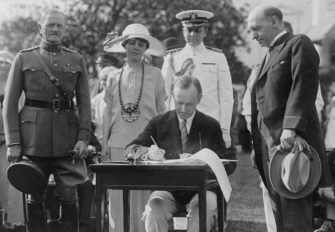
Diversification by non-European immigrant people groups has been occurring at an increasingly rapid pace in the U.S. over the past sixty years. This has happened especially in the wake of Asian and Latin-American immigration since the passage of the Hart-Celler Immigration and Nationality Act of 1965. Hart-Celler reversed hardline nativist immigration restrictions established in the 1924 Johnson-Reed Act. Historian John Higham describes the distinctively White supremacist orientation of the xenophobia and nativism that underwrote Johnson-Reed. “Nativists during this period argued that the so-called new immigration from southern and eastern Europe was racially inferior to the ‘old immigration’ from northern and western Europe. It was therefore polluting the nation’s bloodstream” (50).
Numerous studies indicate that increasingly rapid societal diversification—accompanied by experience and/or fear that one’s majority status is diminishing, and that such reorientation is a necessary part of the increasing justness of a society— triggers identity defensiveness. Consistent with these studies, White people in the U.S. now widely report that they perceive discrimination against White people to be as significant a problem as discrimination against Blacks and other minorities. Such surveys correlate with the upsurge of White entitlement, White fragility, and increasingly reactionary and virulent forms of White supremacy in recent decades, and especially in the 2016 and 2020 elections. These are circumstances ripe for exploitation by appeals to putatively endangered White identities, and grievance politics, which characterize much of the conflict and divisiveness in contemporary U.S. society.
White evangelical Christian perceptions of discrimination track closely with the reported grievance trends of White Americans generally. Eighty percent of White evangelicals report perceiving “in-group embattlement.” They allege that “discrimination against Christians is as big a problem as discrimination against other groups in America.” As Janelle Wong notes, a majority of White evangelical Christians claim that “American culture and way of life” has worsened since the 1950s (53). This may account for White evangelicals’ wide-spread attunement to the invitation to “make America great again.” White evangelical Christians demonstrate marked uniformity in their political affiliations. They are vastly Republican.
Wong’s work indicates a difference in minority and immigrant evangelicals in virtue of what they lack. Namely, they do not harbor a similar sense of “grievance” and perception that they have “lost” a culture and society that once was (putatively) rightfully theirs (cultural protectionism) (Wong, 21-24). In sum, evangelicals who are members of minority groups frequently hold self-identified conservative views on numerous issues without doing so in a way (or for reasons) that are predictably uniform in the way they are among White evangelicals, and in a way that does not bear the same degree of grievance toward a perceived lost (or putatively diminishing) status. The temptation is for White evangelical politics to become—in so far as they are not already—inspirited and driven by a perception of their own endangerment, and a spirit of victimhood turned inward upon itself, and then outward, exemplifying what Nietzsche called ressentiment.
As Nietzsche had it, ressentiment is a process by which a group takes its own perceived endangerment, alleged victimhood, and/or suffering, and projects its angst outward as a means by which to assert itself. It wields its alleged victimization as a covert means of conjuring and asserting power—even dominance—in the form of retribution against what it perceives (and claims) to be the source of its precarity. Ressentiment is self-deceiving in that the source of the group’s power—its amplification of its own alleged victimization and putative embattled status—produces an inability to accurately perceive the true cause of its perception of self-suffering. Ressentiment trans-values (revalues) values in order to locate meaningfulness in the group’s perception of its marginalization and suffering. It then repurposes that putative suffering and alleged endangerment as a weapon. The trans-valuation of values becomes a form of spiritualized self-protection and reprisal.[1]
The temptation is for White evangelical politics to become—in so far as they are not already—inspirited and driven by a perception of their own endangerment, and a spirit of victimhood turned inward upon itself, and then outward, exemplifying what Nietzsche called ressentiment.
In its general contours, ressentiment becomes a source of power because it is creative. It invents by transposing the meaning of values, and the orientation of actions that ensue therefrom, in virtue of the group’s conviction that its members are the people who are truly victimized and endangered. In this way, even “the highest values devalue themselves,” despite the stated intentions of those who might promulgate those values as absolute or nonnegotiable.[2] This transvaluation—and thereby, group self-invention and reassertion— reveals how the treasured beliefs and alleged inviolable truths of the group are, in fact, symptomatic of a Western mythos (a dynamic Nietzsche described as indicative of nihilism).[3] In the present case, the mythos in question manifests in the outworking and reworking of a particular form of ethno-religious nationalism—zombie nationalism. This process of transvaluation and self-invention fits Nietzsche’s description of nihilism (even if tacitly so and/or unintended by the group in question).
Held up to the recent history of White evangelical Christians, ressentiment describes an animating dynamic for the ways that ethno-religious nationalist logics exemplify recurrent patterns of self-preservation through transformation, re-animation, and resurgence that constitute the zombie nationalism at the heart of White evangelical, culture war Christianity. As I demonstrate in the third and final installment of this blog series, the recurring effects of this pattern of ressentiment is nowhere more dramatized than in White evangelical and White Catholic Christians’ present-day, and previous, discourses and organizing regarding sexual politics.
[1] Nietzsche, Genealogy of Morals, 162–63. Mark Warren, Nietzsche and Political Thought, 27-30. As Nietzsche has it, it is possible for ressentiment to “consummate and exhaust itself in an immediate reaction,” and thus not become “poisonous.” This is indicative, he says, of a “noble’s” response to the experience of ressentiment (36–39).
[2] Nietzsche, The Will to Power, 9.
[3] For a helpful exposition of Nietzsche’s nihilism along these lines, see Tsarina Doyle, Nietzsche’s Metaphysics of the Will to Power, pp. 2–4.



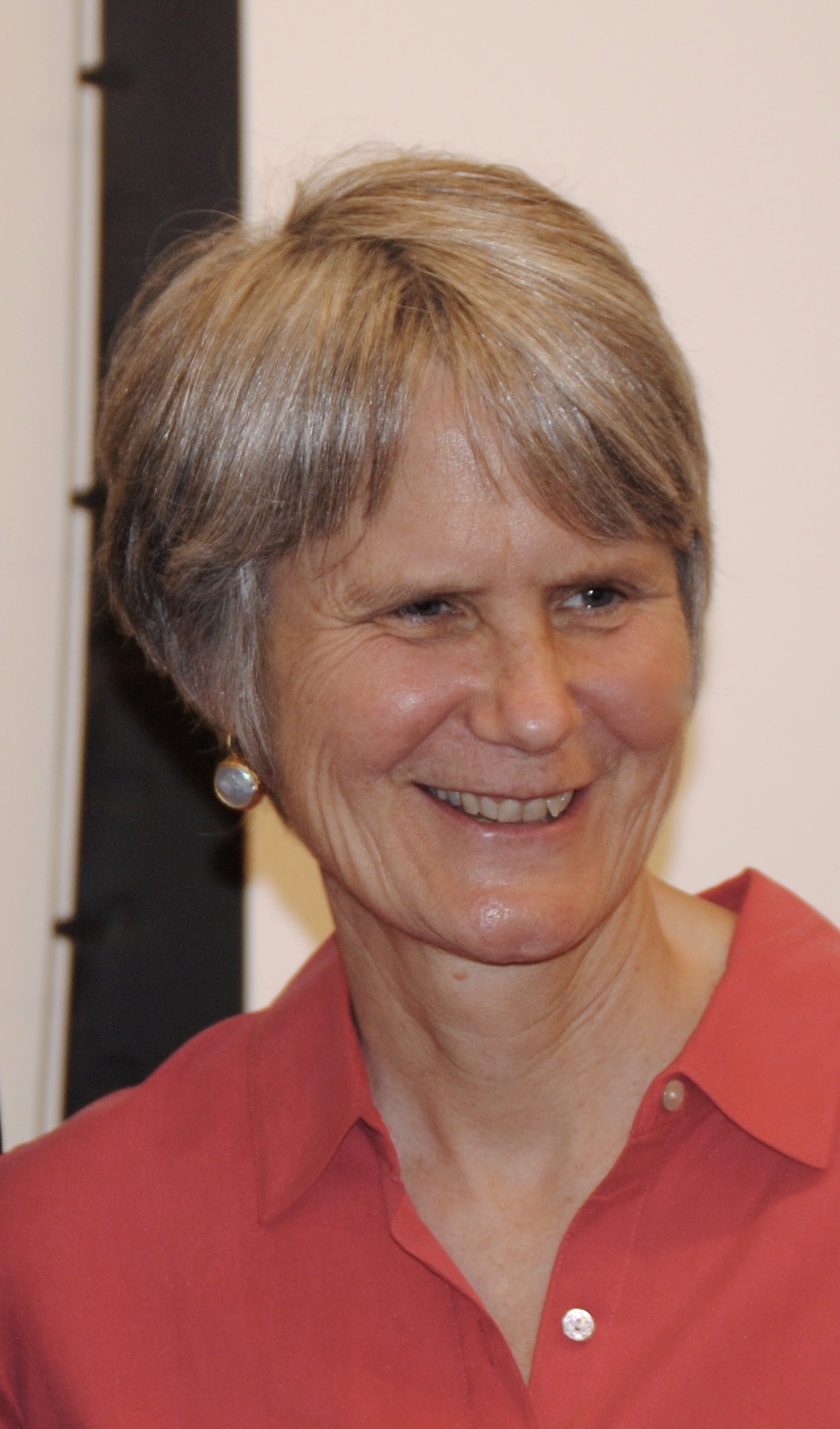
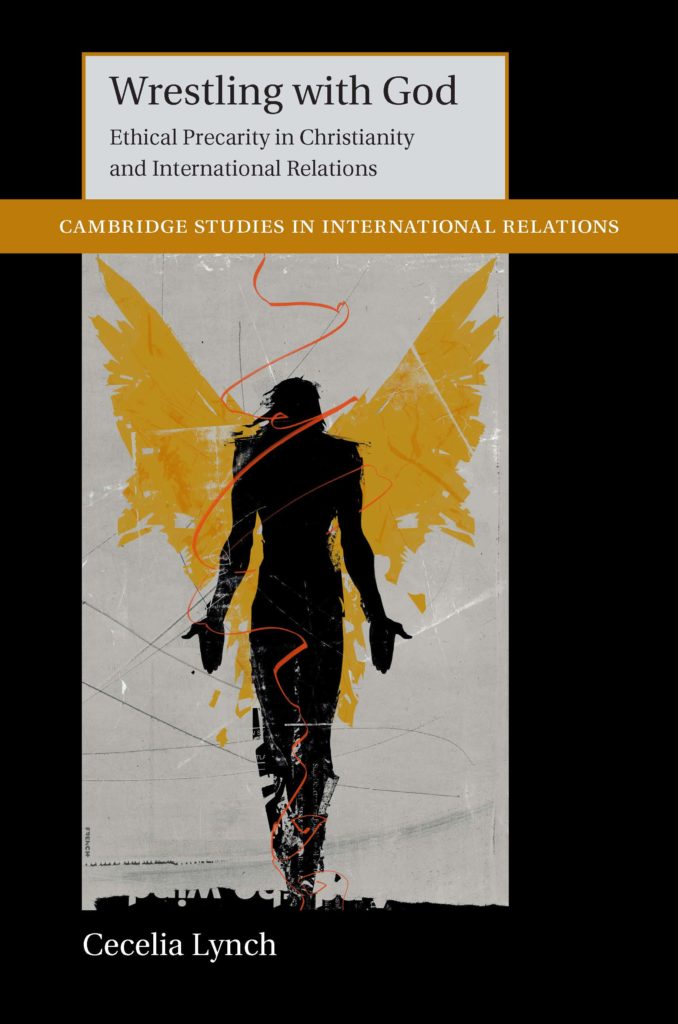 In
In 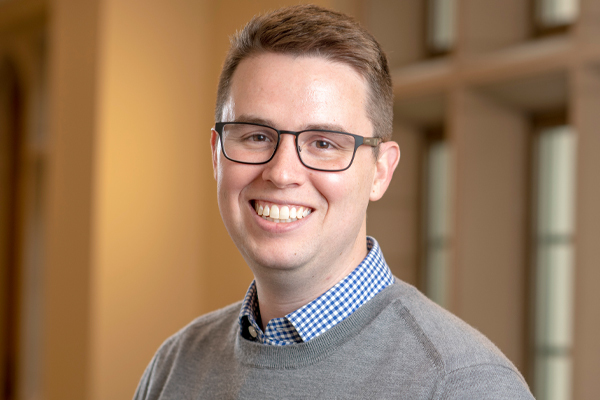
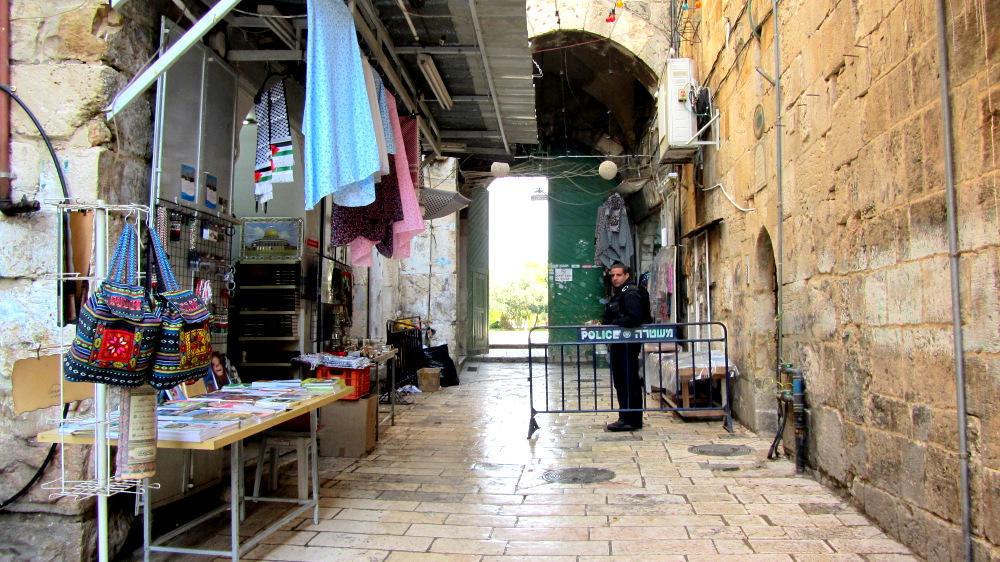
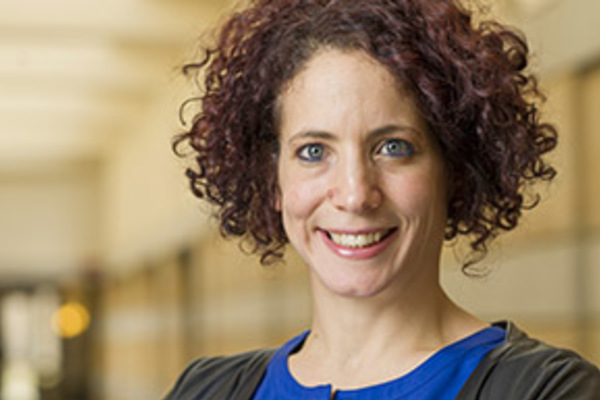
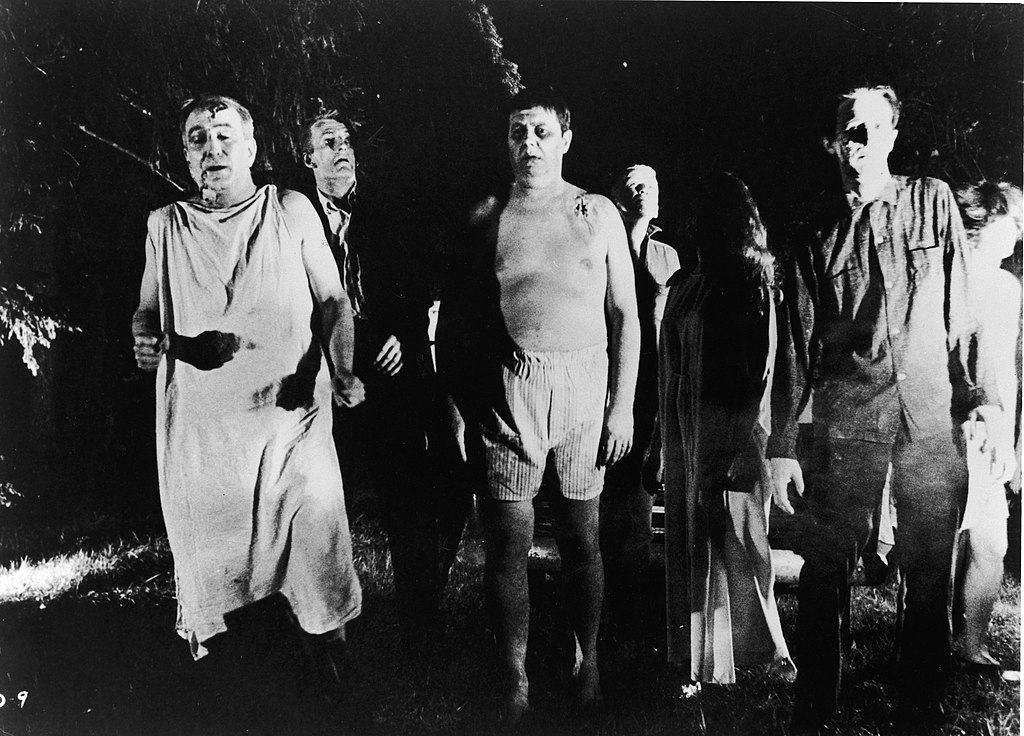
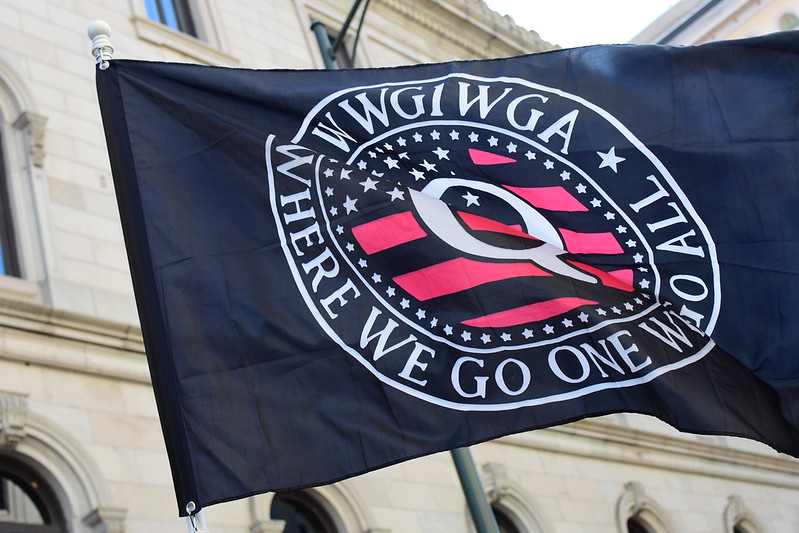




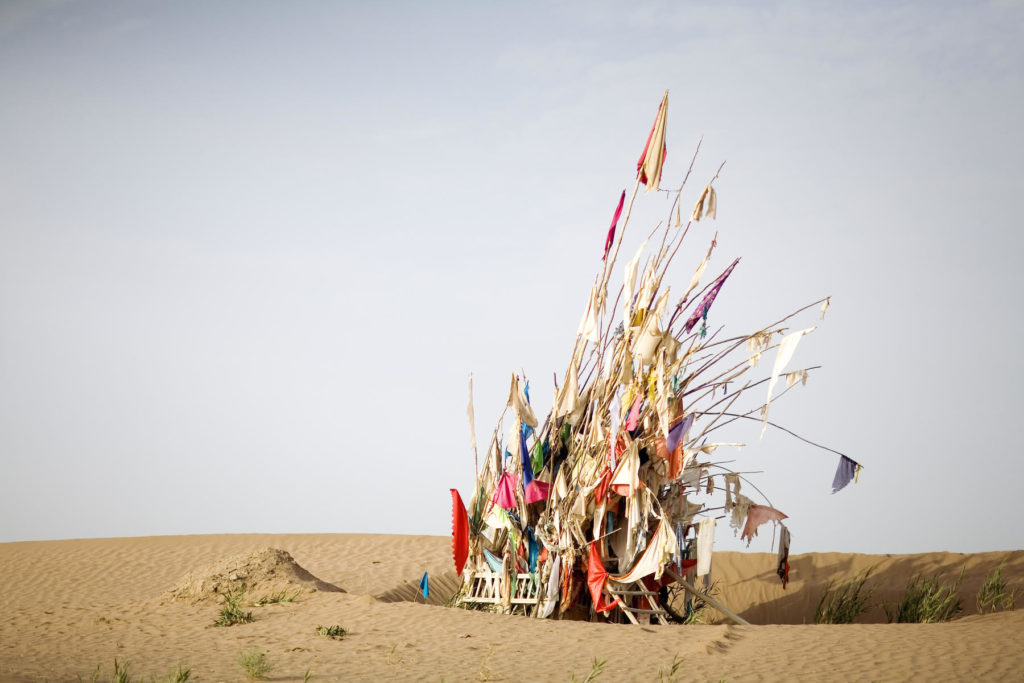
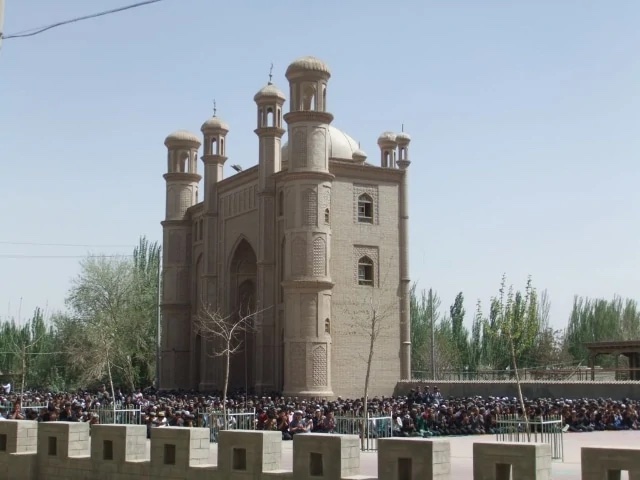
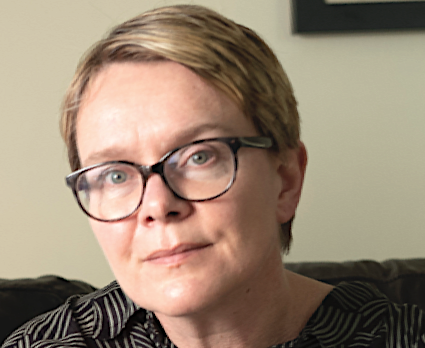
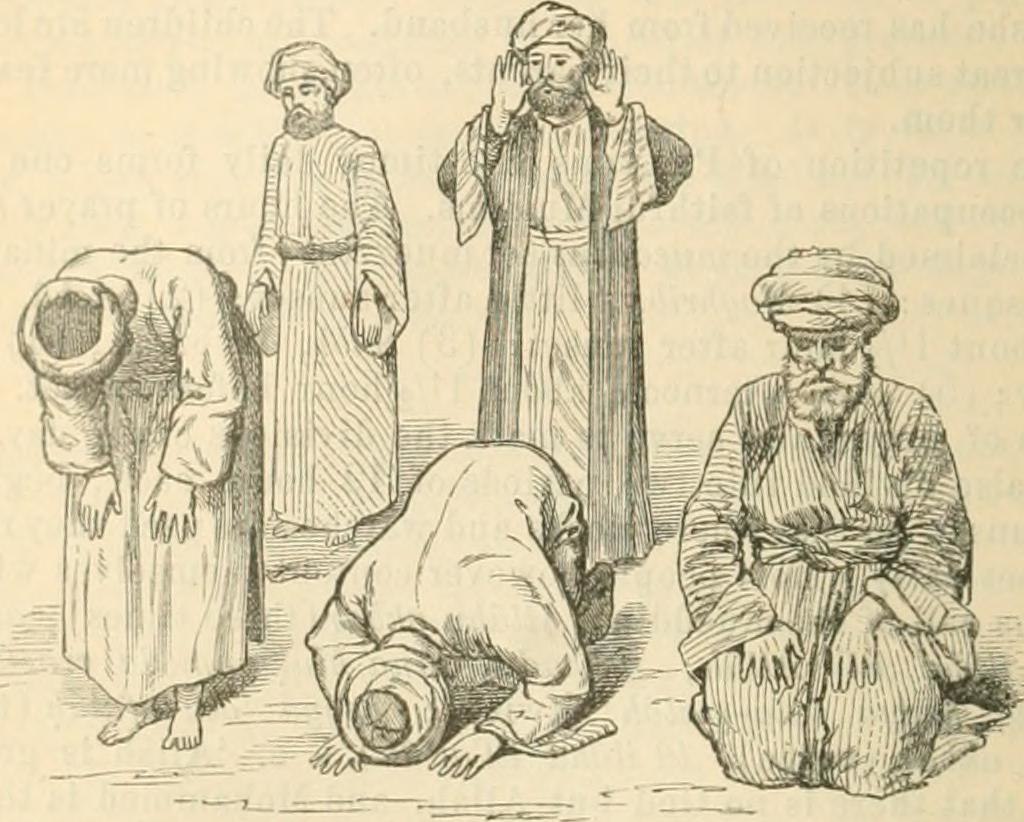
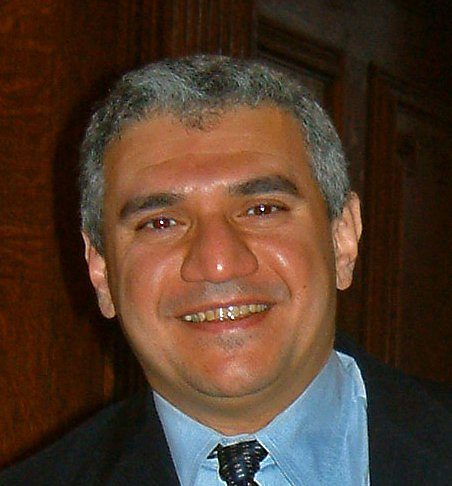

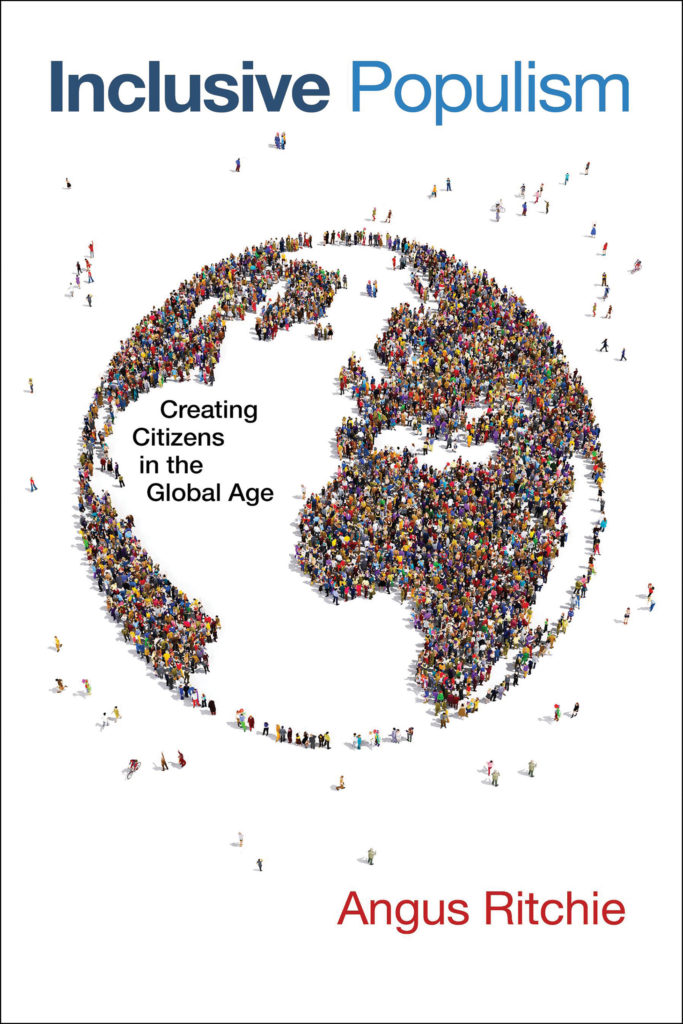 First of all, in
First of all, in 